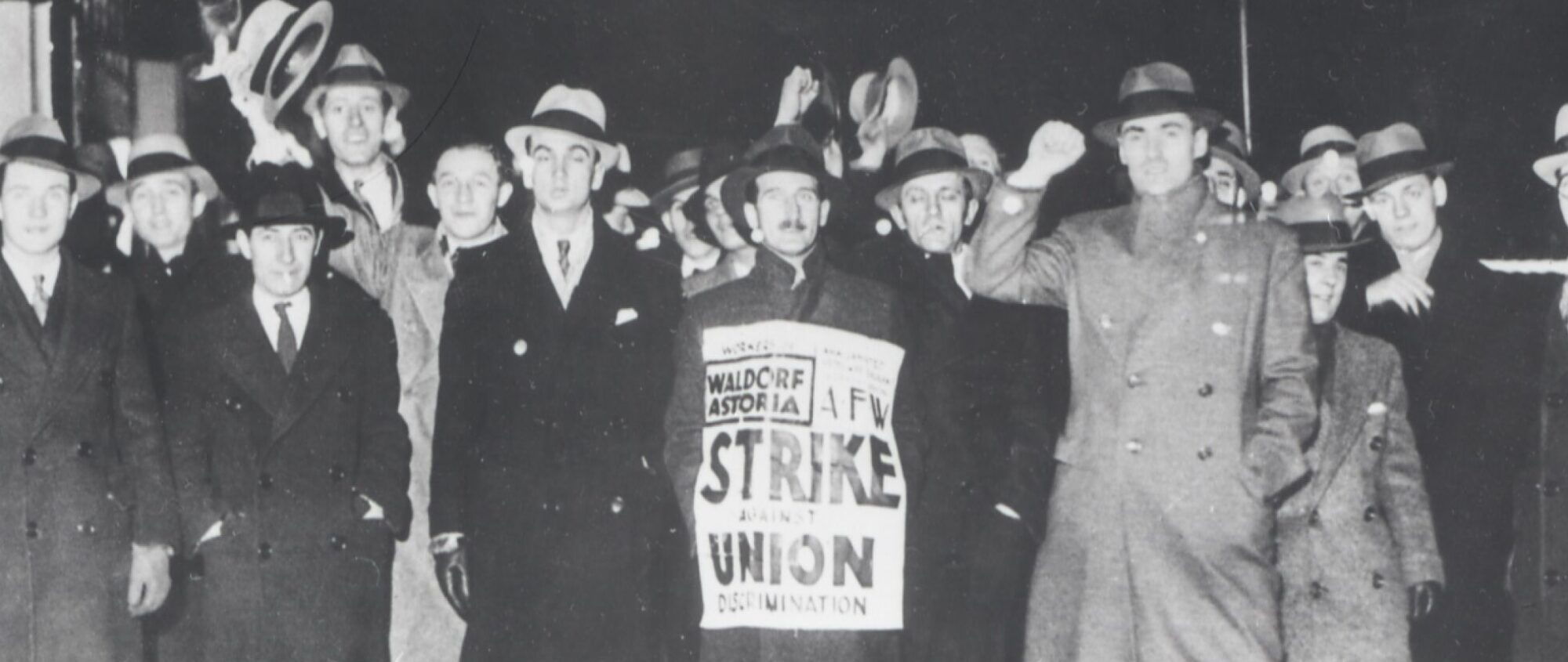I saw my first Mets game of the season, a terrific 9 to 2 bludgeoning of the Reds. “Value” tickets for last night’s game were just $5 for the nosebleed seats in the upper decks. For $5, one can’t really complain. Actually, I rather prefer it way up there. All the games that I saw as a kid were in the upper decks, so that’s how I learned to follow the ball in play. Those box seats behind home plate are just a little overwhelming.
The Mets have a pretty good team this year. They actually win as often as they lose. All I ask is for a little excitement and suspense.
The next two nights are also “value” days, and tickets will be the same price. Tickets will obviously be much more expensive when the Yankees visit this weekend. “Value” days return on May 31 when the Mets face the Diamondbacks. I recommend organizing group outings for a nice day at the ballpark.
This is a rushed post because I am heading out the door to do some more leafletting at the Staten Island ferry. It’s on the Manhattan side this time, as it is all Tuesdays in May, from 4:00pm until 6:00pm. And, once again, leafletting on Thursdays is on the Staten Island side from 4:00pm until 6:00pm.
Finally, on Wednesday, the Writers Guild will be stepping up their public campaign against CBS, outside of Carnegie Hall, where the network is unveiling its new shows for the Fall, from 2:30 until 4:30.
From my friend Marija Kowalski:
Dear Union Brothers and Sisters,
We are in a tough contract battle with CBS/ Viacom for 430 employees at CBS News. The affected employees are news and promotion writers, editors, graphic artists, desk and production assistants, and researchers. The company is trying to take many jobs out of the union. This would impact many members who’ve been in the union for decades. The company also wants substantial paycuts (up to 21%), to have automatic elimination of our contract in the case of any mergers, and allow managers to do unlimited amounts of work historically covered by our contract, to practically eliminate seniority protection from layoff, and many other outrageous attacks on our union.
As you know, Viacom is one of the five largest media conglomerates in the nation. We are counting on the support of our fellow union brothers and sisters to help us defend our contract against this giant corporation.
We have two events coming up– one tomorrow, and one next week. We realize it is a lot to ask. We would be very appreciative if even one person from your union came to the action tomorrow (an email about that event was sent out last week) and a larger group of people would come to the rally outside the Shareholder meeting. I would also love to hear from you to get an idea of the turnout. I would also appreciate if you would distribute this email to your lists.
Thank you very much!!
Taking On Viacom: WGAE at Viacom Stockholders Meeting Thursday, May 26 / 1:30 p.m.
Join the WGAE on Thursday, May 26th as we tell Viacom that we will not sit quietly as CBS demands pay cuts from writers in order to line the pockets of its top three executives with over 150 million dollars.
All owners of Viacom A and Viacom B stock are entitled to attend and participate in their Annual Stockholders meeting. The Writers Guild of America, East will be there too, inside and outside, demanding that CBS withdraw its regressive demands for pay cuts and the removal of union jobs, and instead start working with us to negotiate a fair contract.
Marriott Marquis
Broadway @ 45th Street
New York City
We are delighted to announce the New York City Labor Chorus will be performing at this rally.
We hope you will join us!
Working Harder for Les: WGAE Rally Out Front at the Upfront
Wednesday, May 18 / 2:30 – 4:30 p.m.
WGAE Rally Outside Carnegie Hall!
This year, CBS shocked the industry by giving unprecedented compensation packages to its top three executives.
Meanwhile, CBS is demanding WGAE news and promo writers, graphic artists, desk and production assistants and researchers take paycuts of up to 21% and lose union jobs.
Les Moonves must be stopped. It’s time we receive recognition for our award-winning work.
For more information, contact Marija Kowalski at mkowalski@wgaeast.org
Carnegie Hall
57th Street & 7th Avenue
New York City
Marija Kowalski
Organizing Coordinator
Writers Guild of America, East
212-767-7808

